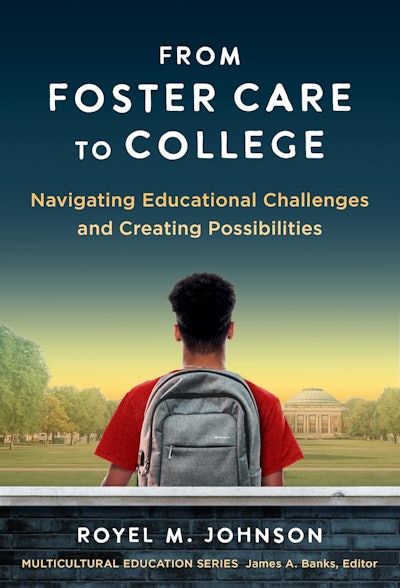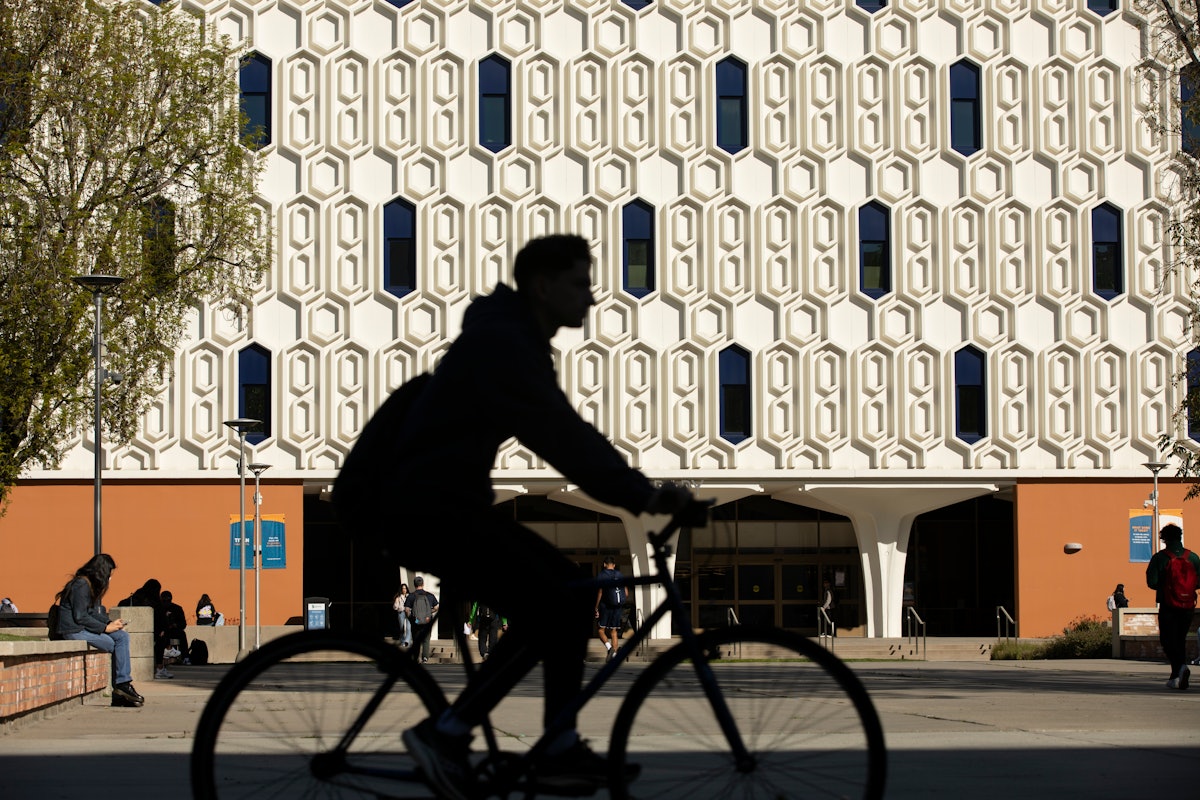
But foster youth can also be reluctant to ask for help. Institutions should be making efforts to meet these students where they are and provide them with basic needs like housing, food, and financial support. It takes trauma-informed and healing-centered care to lift these students, and others, to success.
“The reality is, most people know very little to nothing about foster care, and the little they do is curated by the media and stereotypical images that paint foster care youth as deviant, incorrigible, and the reason for their placement in the foster care system,” said Johnson. “There’s a lot of learning and unlearning the public needs to do.”
Being placed in foster care might mean that the young person is living in a situation of abuse or neglect. It could also mean their family members have died and there is no one remaining to care for them. Often, Johnson said, foster care impacts Black and Native American youth due to the “policing and surveillance that happens disproportionately to those families.” And being taken from their homes, family, and friends is certainly traumatic, he added.
Johnson said it was important for him to both acknowledge that trauma and move past it to tell student’s stories from a strength-based, non-deficit perspective.
“How do they self-author their own stories and narratives, how do they resist the low expectations placed on them?” asked Johnson.
Despite the unsettled ground beneath their feet, many foster youth maintain dreams for college, but the barriers they face too often get in their way. According to data from the National Foster Youth Institute, only 3% to 4% of foster youth obtain a bachelor’s degree.
Dr. Nathanael Okpych, an associate professor in the School of Social Work at the University of Connecticut, said that foster care students almost always face a stigma wherever they go, from both peers and teachers. This creates tough outer selves, a “hyper-independent” identity that makes these students particularly reluctant to rely on others for support.
Dr. Jennifer Geiger, an associate professor in the Jane Addams College of Social Work at the University of Illinois Chicago, agreed.
 Dr. Royel M. Johnson, associate professor and director at the University of Southern California (USC) Rossier School of Education.
Dr. Royel M. Johnson, associate professor and director at the University of Southern California (USC) Rossier School of Education.
While states decide how long a young person can remain (or elect to remain) in the foster care system, many lose their financial and counseling supports at the age of 18 or 21. Having total independence thrust upon them puts them at a much higher risk of homelessness and an increased likelihood of having contact with the criminal justice system, said Johnson. If enrolled in postsecondary institutions, these concerns often negatively impact their ability to stay academically engaged, which could potentially impact any financial aid they have received.
Some institutions have taken special interest in supporting these students through to successful degree completion. Many participate in the Guardian Scholars Program (GSP), which offers foster youth wrap-around supports and a built-in peer and mentor community, all who share similar backgrounds. These students are offered financial aid, housing priority, counseling, and opportunities for career and leadership development.
“It’s not just a sense of belonging — students can find that in many avenues — community is what is very critical,” said Ray Murillo, interim assistant vice chancellor of student affairs, equity and belonging at California State University.
California has one of the largest foster youth groups in the nation with over 60,000 children in the system, and the state offers ongoing support for the GSP at $12 million a year. But self-identification is required to access this support. Because of this, Murillo said he often worries about the students his program is missing, which is why he tries to raise awareness about the program with K-12 and beyond. Murillo said Cal State works to train its professors, administration, and staff in trauma-informed teaching, ensuring that all students, self-reported or not, do not have to relive any of their past struggles in the classroom.
Geiger, Okpych, and Johnson agreed that it takes a true investment in resources and staff to better care for these students, including learning healing-centered approaches to care. Models like the GSP have served for other states across the country, and Johnson lists other successful programs in his book.
“There are over 400,000 youth in the foster care system. Fifty percent will graduate from high school, 20% will access a college, and only 8% to 10% will graduate [with any kind of certificate],” said Johnson. “There’s an incredible reduction in number across that pipeline, and it’s incumbent upon us to be attentive to critical junctures along the way.”
Liann Herder can be reached at [email protected].
#Book #Examines #Foster #Care #Students #College










